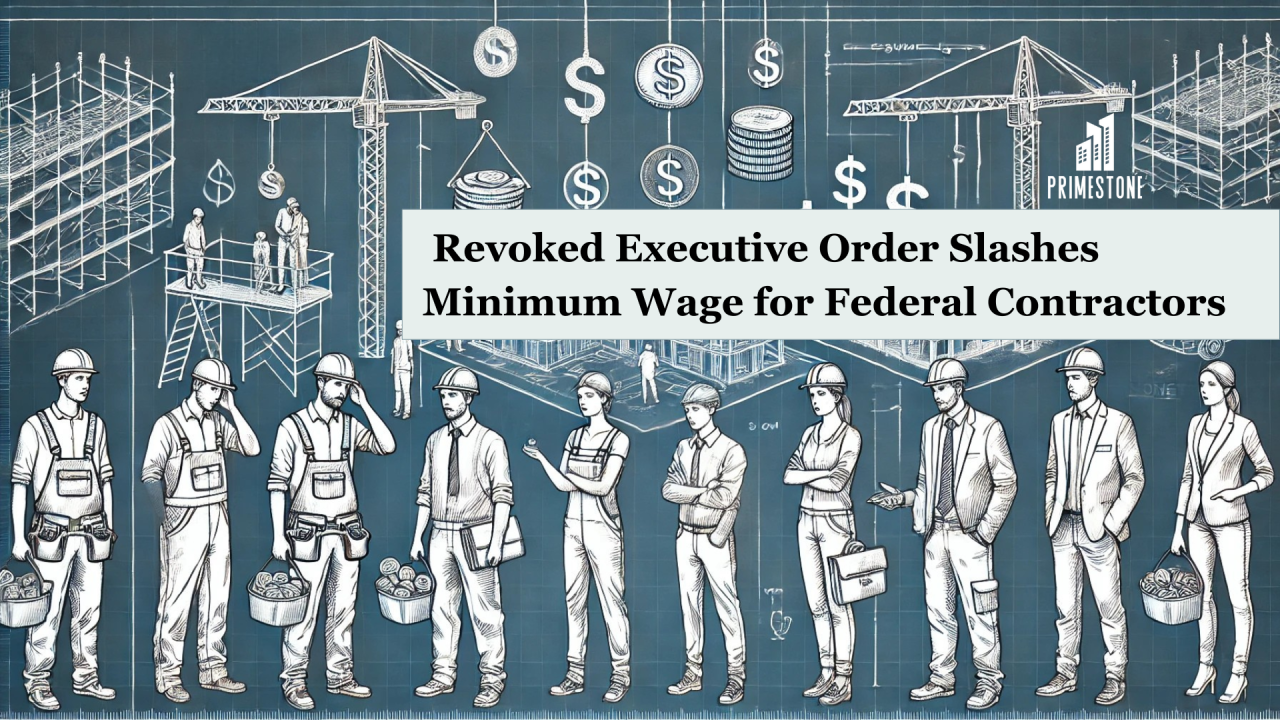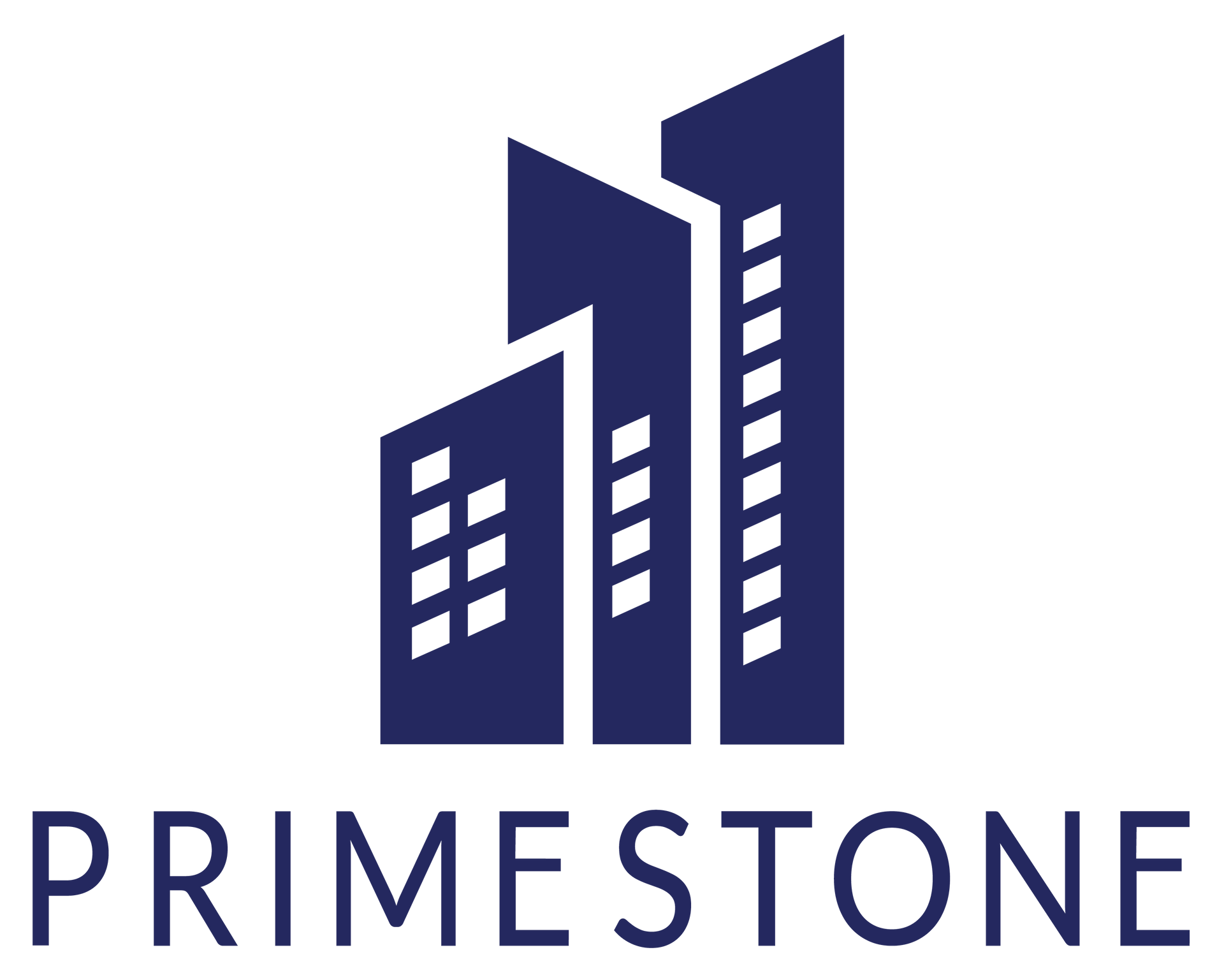Revoked Executive Order Slashes Minimum Wage for Federal Contractors
What This Means for A/E Firms and Project Owners

On Friday, March 14, 2025, President Trump revoked Executive Order 14026, rolling back the federal contractor minimum wage from $17.75 per hour down to the prior EO 13658 level of $13.30.
While political debates rage on, here’s what really matters for A/E firms, contractors, and project owners: pricing strategies and claims just got messy.
If you're in the middle of cost estimating for federal projects stop and re-check your assumptions.
Labor costs are no longer locked to $17.75. On paper, you can now revert to contract wage determination rates, but should you? If you continue paying at the higher rate, will the government honor pending price adjustment requests tied to the now-revoked EO 14026? Or will they stall, leaving contractors holding the bag? Clarification is required.
If you prepare your estimate using lower wage rates and the change in law gets rescinded what will the outcome be on bid day?
Project owners: buckle up.
If you’re working with service or construction contractors, this shift will ripple into your cost baselines. Claims are coming not later, but now.
Contractors who budgeted around EO 14026 will likely seek equitable adjustments or dispute denied price adjustments-the contract might not cover downward price adjustments, however best to check. Expect increased audits, more claims consulting work, and tough conversations about fair compensation versus legal obligation. Depending on your current contract agreements you may not realize any savings. Contractor’s may claim the change in law prevented adequate staffing being available-one of many possible arguments.
A/E Firms: This changes your forecasting immediately.
Cost estimators can’t rely on last quarter’s assumptions. Pricing inputs need to reflect this new reality but also anticipate market reluctance to lower wages overnight. Many contractors won’t reduce rates out of fear of losing labor, especially in a still-tight construction labor market. The result? Estimates that don’t align with real bid pricing, leading to unexpected deltas. As with multiple changes to tariffs will this latest change of law be rescinded at some point.
One more thing (and it’s a big one):
We’ve been asked if this only impacts private contracts. The answer: no. This applies to certain federal service and construction contracts covered by the Davis-Bacon Act (DBA) and Service Contract Act (SCA). The DBA and SCA set wage floors for specific trades and classifications, but EO 14026 required contractors to pay the higher of those wage determinations or the EO minimum wage. Now that EO 14026 is revoked, contractors are no longer required to pay above those DBA or SCA rates unless they choose to for labor retention.
Most trade classifications according to Davis-Bacon schedules are above the $17.75 level however it depends on the geographic location and the construction labor classification. We suggest a quick review of any current Davis-Bacon schedules that may be applicable to your specific project type and location. If the project is weighted towards unskilled labor, then the impact to your project needs to be reviewed.
Translation:
- If your DBA or SCA rate was already higher than $17.75, this change is largely irrelevant.
- If it was lower, you’re in the danger zone. Cost estimates, claims, and price adjustments are going to be hot topics over the next few months.
The big question: Will price adjustments already in progress be honored or denied?
Our prediction: litigation and claims activity will surge by summer and confusion will reign.
We’re tracking this carefully and helping our clients evaluate contract language, pricing strategies, and risk positions. If you need help reading between the lines, we’re here.
Has this already impacted your projects or estimates? DM us, we’d love to know how you're handling it.







